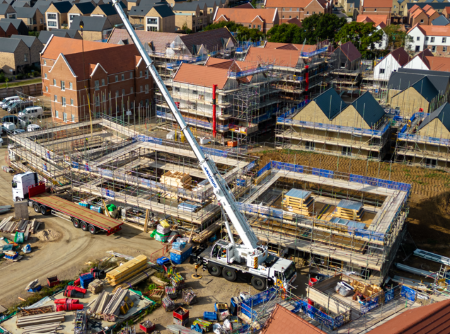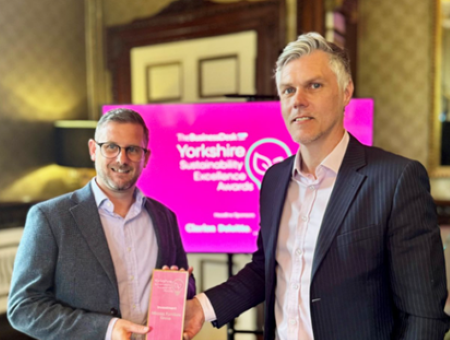In 2022, BIM should be more coherent in the real estate industry than it currently is.
BIM is gradually being adopted on new construction projects but what about buildings in use that aren’t BIM enabled?
Consultants like AIMIS are providing a ‘Backfill BIM’ service to building owners and asset managers who want to learn how to apply BIM to buildings that have already sped past ‘go’, and to benefit from the power of facilities data.
As the FM industry struggles to keep up with developing information management technology, the manual tasks of collating information are only creating more issues, and you can argue that many businesses are stuck in the past, unable to evolve and meet the demands of clients, tenants and local authorities.
Implementing BIM retrospectively may seem daunting, but soon most businesses will need to transfer to digital management to maintain their position and compete with others by improving their data transparency.
The benefits of applying BIM to operational buildings is immeasurable in the maintenance and development of a building, as well as the management of utilities and carbon footprint. Furthermore, it helps to minimise risks, improving communications and collaborations and decreases likelihood of major defects in a building.
For future proofed management of a building, the golden thread of information is passed to the client to ensure that the building objectives are being met and so that it can be used to its full potential. Compared with a stack of boxes in the corner of a storage room, neatly filed away in alphabetic or chronological order or however else you’re currently managing your data, efficiency and output simply won’t come close to the standard of a digital BIM system.
How much time are you wasting shuffling through papers to prove that a certain permit was obtained during the construction process? How are you going to find out what colour paint was used on the third floor in corridor B to get another tin ordered quickly? If you want to develop, refurbish or demolish a building, an unnecessary amount of time will be wasted finding the original documentation that you may need. Even if your O&M manual is in a ‘digital format’ like a searchable PDF, it’s still guaranteed to be incomplete and won’t offer proactive outputs.
With BIM introduced, your information is at your fingertips, and you’ll benefit from reporting and management data rather than having a static resource alone.
Implementing ‘Backfill BIM’ will change the way real estate progresses and looks forward towards the new transparent standards we now have to work to. It will empower businesses to embrace the digital change and allow easy access to all this information whenever it’s needed and for any purpose.
To read more news and exclusive features see our latest issue here
Never miss a story… Follow us on:
![]() Showhome
Showhome
![]() @Your_Show_Home
@Your_Show_Home
![]() @Showhomemag
@Showhomemag
Media Contact
Anna Wood
Editor, Showhome
Tel: +44 (0) 1622 823 922
Email: editor@yourshow-home.com






